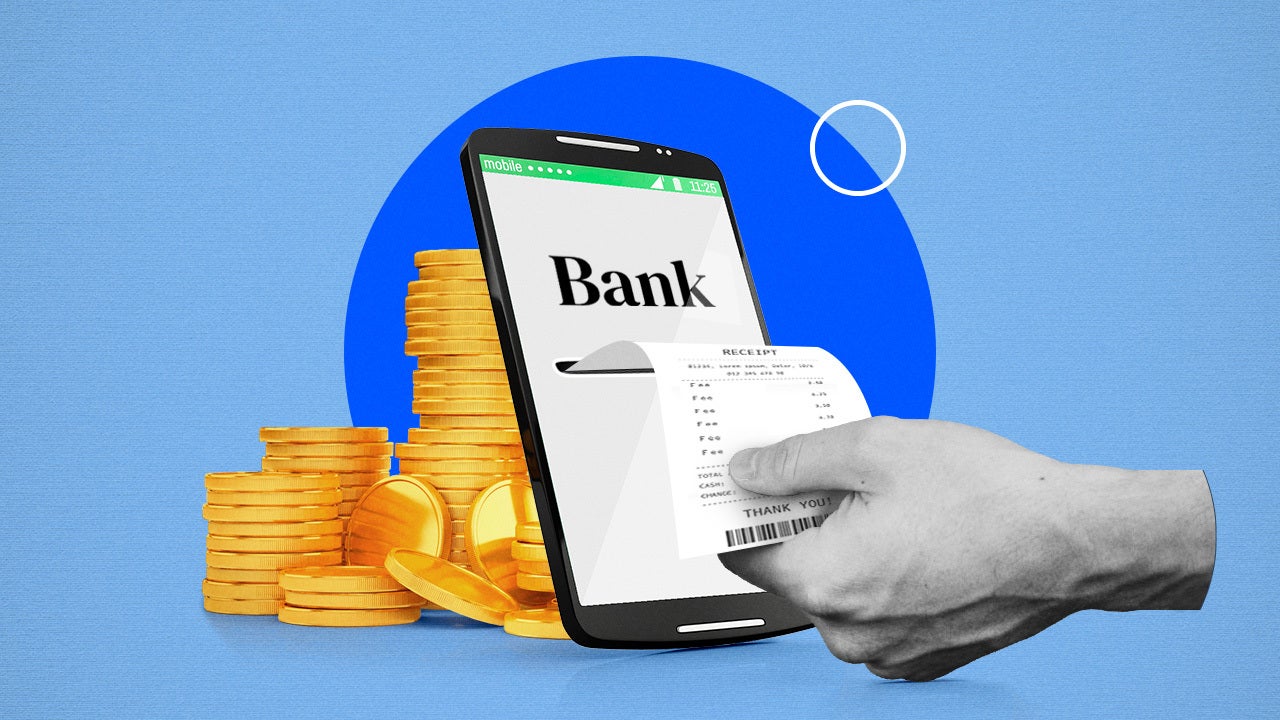Americans’ expenses are rising faster than their paychecks

Do you want the good news first, or the bad news? I like to start with the glass-half-full approach, so here it is: Your paycheck probably went up last year. The bad news? Your expenses likely rose even more, according to the Bureau of Labor Statistics’ annual consumer expenditures survey which was released last week. With that as the backdrop, it’s easy to see why Americans’ credit card debt is rising and their savings are being depleted.
The BLS report found that Americans’ average annual expenditures rose 9 percent from 2021 to 2022. That was even more than inflation, which came in at 8 percent during the period, as measured by the Consumer Price Index. Average income growth before taxes clocked in at 7.5 percent.
What we spent money on
Perhaps unsurprisingly, housing was Americans’ largest spending category in 2022, comprising 33 percent of all expenditures. Housing was followed by transportation (17 percent), food (13 percent), personal insurance and pensions (12 percent) and healthcare (8 percent).
I believe the biggest takeaway, with respect to inflation, is the cumulative toll it takes on households. That’s especially evident in categories such as food and transportation. For example, Americans’ spending on food shot up 13 percent from 2020 to 2021 and another 13 percent from 2021 to 2022. Transportation expenses also rose 12 percent each year.
It’s important to note that these gains built upon a higher base each year, and they will continue to do so moving forward. While the rate of inflation has come down this year, lower inflation doesn’t mean prices are rolling back to 2019 levels. Prices are still growing, just at a slower rate. Plus, that rate is still well above the 2-percent target set by the Federal Reserve. The Fed’s preferred inflation gauge (known as Core PCE) increased 4.2 percent, year-over-year, at last check.
Savings are dwindling and debt is rising
Given all of this, it’s no wonder that Americans’ credit card balances recently crossed the $1 trillion threshold for the first time. And the personal saving rate has been hovering well below historical norms. Remember the $2 trillion in excess savings that Americans were said to have accumulated in 2020 and 2021, thanks to COVID-related stimulus payments and lower spending rates during the pandemic? That money is long gone for most households.
Spinning it forward to the holidays, I think we’re likely to see a very price-conscious consumer this year. Despite the strong job market, consumer sentiment remains relatively low and inflation and high interest rates are taking a toll. A recent Bankrate survey revealed that a third of holiday shoppers expect inflation to impact their shopping habits, and a quarter are stressed about the cost of holiday shopping.
Almost nine out of every 10 holiday shoppers told us they’re planning to employ at least one money-saving strategy. That includes 42 percent who intend to buy fewer items, and 41 percent who will seek more coupons, discounts and sales. Those have been key themes in the retail industry in recent months, as sales of physical goods (electronics, furniture and clothing, to name a few) have been lackluster, while spending on experiences such as travel, dining and concert tickets has been much more robust.
Economic inequality is increasing
The K-shaped economy is in full effect, with some households doing quite well and others really struggling. That’s not a new trend, of course, but inflation is accentuating the divide.
We see it in the credit card industry, too. About half of cardholders pay in full each month and enjoy rewards and buyer protections, while the other half carry balances at record-high interest rates. Especially with a presidential election year looming on the horizon, these will continue to be key themes that divide the nation and highlight the confusing blend of better-than-expected economic data contradicted by the fact that many people seem to be falling further behind.
The bottom line
If your wages are up but your expenses are up by even more, it doesn’t feel like you’re getting ahead. The Federal Reserve is well aware of this, of course, and Chairman Jerome Powell continues to stress that the economy will only work for everyone once inflation is under control.
Right now, we’re still wading through the murky middle, no longer facing the highest inflation readings in four decades but not yet free from the higher interest rates meant to combat them. High prices and high interest rates are placing a financial strain on many American households.
Have a question about credit cards? E-mail me at ted.rossman@bankrate.com and I’d be happy to help.






